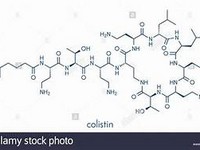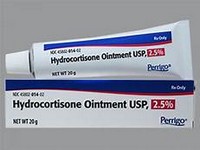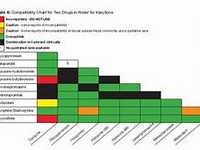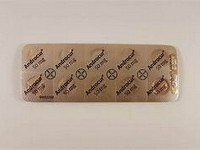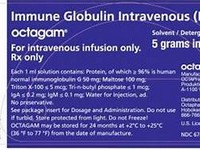drotrecogin alfa
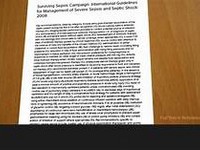
drotrecogin alfa
CLINICAL USE
Treatment of adult patients with severe sepsis with multiple organ failureDOSE IN NORMAL RENAL FUNCTION
24 micrograms/kg/hour for 96 hoursPHARMACOKINETICS
DOSE IN RENAL IMPAIRMENT
GFR (mL/MIN)
DOSE IN PATIENTS UNDERGOING RENAL REPLACEMENT THERAPIES
IMPORTANT DRUG INTERACTIONS
Potentially hazardous interactions with other drugsADMINISTRATION
Reconstition
Water for injectionRoute
IV infusion
Rate of Administration
24 micrograms/kg/hourComments
Further dilute with sodium chloride 0.9% to a concentration of 100–200 mcg/mLMinimum volume: 20 mg in 50 mL. (UK Critical Care Group, Minimum Infusion Volumes for fluid restricted critically ill patients, 3rd Edition, 2006)OTHER INFORMATION
No anticoagulation is required for haemofiltration as the drotrecogin acts as an anticoagulantCan be started 12 hours after major invasive procedures or surgeryClearance is reduced by 30% in renal impairment but no dose reduction is required Has a short half-life of 13 minutes and a β-half-life of 1.6 hours
See how to identify renal failure stages according to GFR calculation
See how to diagnose irreversible renal disease
Home
